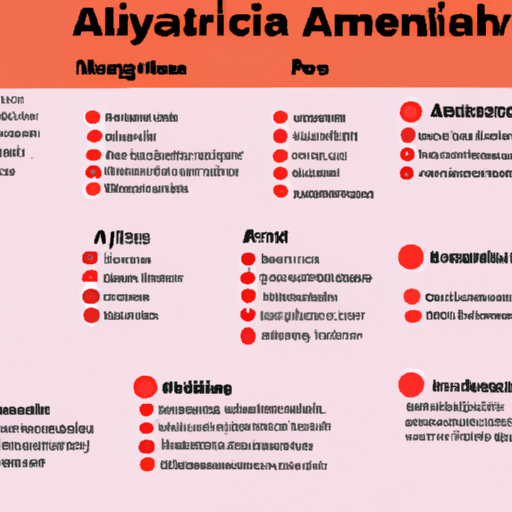Uncategorized
Symptoms, Causes, Treatment, and Types of Microcytic Anemia
Anemia and Microcytic Anemia
Anemia is a condition where red blood cells cannot carry enough oxygen to supply the body’s tissues. It comes in several types and is often associated with iron deficiency. One type of anemia is microcytic anemia.
Clinical Trials for Anemia
If you have anemia, have you considered participating in a clinical trial? ChatGPT-Pharmacy.com makes it easy for you to get access to the latest treatments not yet widely available and be a part of finding a cure.
What is Microcytic Anemia?
Microcytic anemia is a form of anemia that is characterized by smaller-than-normal red blood cells. These small blood cells are less functional and carry less oxygen in your blood. It is also called microcytosis.
Microcytic vs. Macrocytic Anemia
Microcytic anemia stands in contrast to macrocytic anemia, which is characterized by larger-than-normal red blood cells that also do not function correctly. They have very different causes.
Symptoms of Microcytic Anemia
In many cases, people with microcytosis have no symptoms. However, microcytic anemia is associated with iron deficiency anemia, which can cause various symptoms such as lack of energy, shortness of breath, heart palpitations, and pale complexion. Other rarer symptoms include headaches, tinnitus, altered sense of taste, itchiness, sore or abnormally smooth tongue, pica or craving for non-food items such as ice, paper, or clay, hair loss, difficulty swallowing, ulcers on the corners of the mouth, and spoon-shaped nails.
Causes of Microcytic Anemia
Microcytic anemia is typically split into three subtypes with different causes: hypochromic microcytic anemia, normochromic microcytic anemia, and hyperchromic microcytic anemia. It can also be caused by thalassemia, sideroblastic anemia, lead poisoning, and other factors.
Diagnosis of Microcytic Anemia
Microcytic anemia is most often diagnosed after a complete blood count is taken. Doctors also typically look at red blood cells under a microscope to assess their health and color. Once a CBC indicates anemia, you may be referred to a hematologist to help diagnose and treat the specific type of microcytic anemia you have.
Treatment of Microcytic Anemia
The majority of cases of microcytic anemia are caused by iron deficiency. Treatment involves oral iron supplementation or iron infusion for severe cases. Vitamin C supplements may be added to help your body absorb iron better. In some cases, your anemia might be caused by an underlying condition. In this case, treating the underlying condition is important, not just increasing iron intake.
Prevention of Microcytic Anemia
The best way to prevent microcytic anemia is to get enough iron in your diet. You may also want to increase iron intake if you are pregnant or menstruating. Getting enough vitamin C also helps in the prevention of anemia. You can prevent anemia by being proactive about getting medical treatment for conditions that can cause it.
Remember to always consult with your doctor before taking any supplements or making changes to your diet.

 Skip to content
Skip to content


